Round Table: Was there ever really a normal?
What we left behind, and what we need to create.
Moderated by Lindsey McCain, OALA
BIOS/
Fung Lee, OALA, CSLA, is a Principal of PMA Landscape Architects and a graduate of the Faculty of Architecture and Landscape Architecture at the University of Toronto (BLA 1997). The majority of her 24 years of experience includes the design and management of urban parks, streetscapes, botanical gardens, landscapes for hospitals and long-term care facilities, high-density residential development, schools, and play environments. She currently sits on the Urban Design Review Panels for the City of Vaughan and Metrolinx.
Robert Wright, OALA, CSLA, is interim dean of the John H. Daniels Faculty of Architecture, Landscape, and Design. He’s a lifelong educator, with 35 years of experience as a professor of landscape architecture and an extensive record of research in the areas of design theory, urban landscapes, forensic landscape architecture, and simulation and visualization. He was dean of the University of Toronto’s Faculty of Forestry from 2017 to 2019, director of the Daniels Faculty’s Centre for Landscape Research from 2014 to 2019, director of the Daniels Faculty’s Master of Landscape Architecture program from 2011 to 2014, and, from 1999 to 2004, director of the University of Toronto’s interdisciplinary Knowledge Media Design Institute. In addition to his academic activities, Robert maintains a successful private landscape architecture practice, iz-design. He recently contributed site planning and landscape design to Laurentian University’s new McEwen School of Architecture building. The project won an OAA Award in 2018.
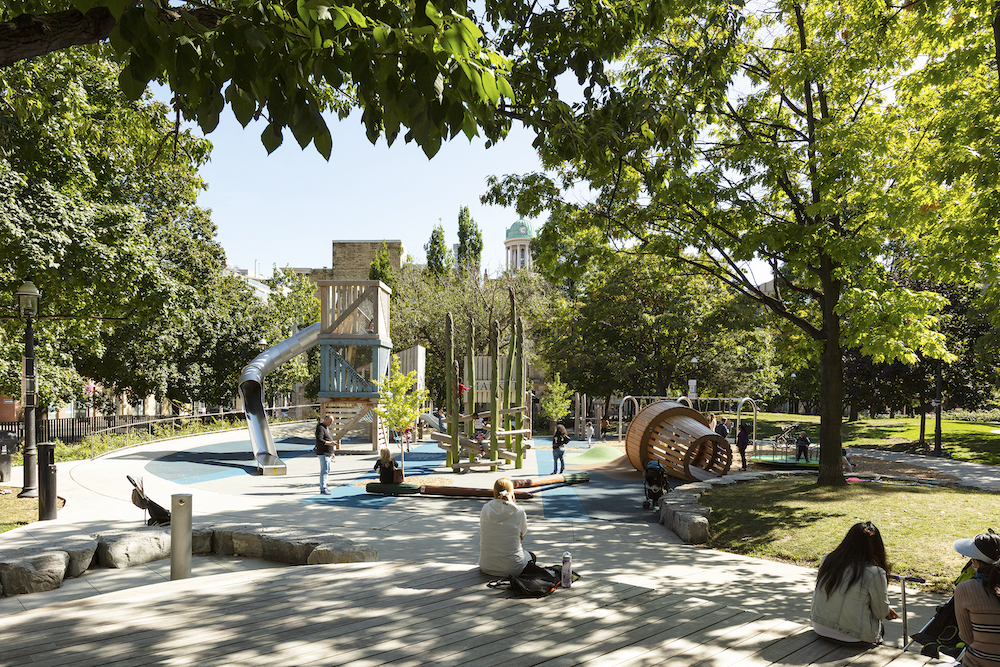
Dayna Edwards, as a professional in planning and urban design, coordinates and implements the Urban Design Program, including the preparation of Urban Design Guidelines and Urban Design Studies, at the City of Kitchener. In addition, she leads and participates in the review of infrastructure projects and development proposals and applications. Dayna is a graduate of the Queen’s University’s School of Urban and Regional Planning and later completed a specialization in Urban Design at Simon Fraser University in Vancouver. Dayna’s interests have focused on urban design challenges related to infill development and master planning projects. In addition, Dayna is a jury member on the Community/Urban Design panel of the OPPI Excellence in Planning Awards and sits on Hamilton’s Urban Design Review Panel.
Jonathan Loschmann, OALA, CSLA, is a Landscape Architect and LEED Accredited Professional with 18 years of professional experience, currently acting as Director of Landscape Architecture and Urban Design at WSP Canada Inc. Prior to joining WSP in Ottawa in 2010, Jonathan worked for CDM-Smith in Cambridge, Scottsdale, and Los Angeles (2004 – 2010), and as Landscape Designer at Pressley, Inc. in Cambridge, Massachusetts (2002 – 2004). Jonathan served his landscape architectural internship at the National Capital Commission in 2001. HE focuses his practice on the designing lasting and sustainable municipal environments and public realm centred on transit infrastructure.
Lindsey McCain, OALA, CSLA, is a graduate of the University of Guelph’s Bachelor of Landscape Architecture program, with several years of experience practicing in both the public and the private sectors. In 2020, she was awarded Full Membership in the OALA and returned to U of G to pursue graduate studies. She is currently in her second semester of the Master of Landscape Architecture program, studying housing and transportation access among creative workers in the suburbs.
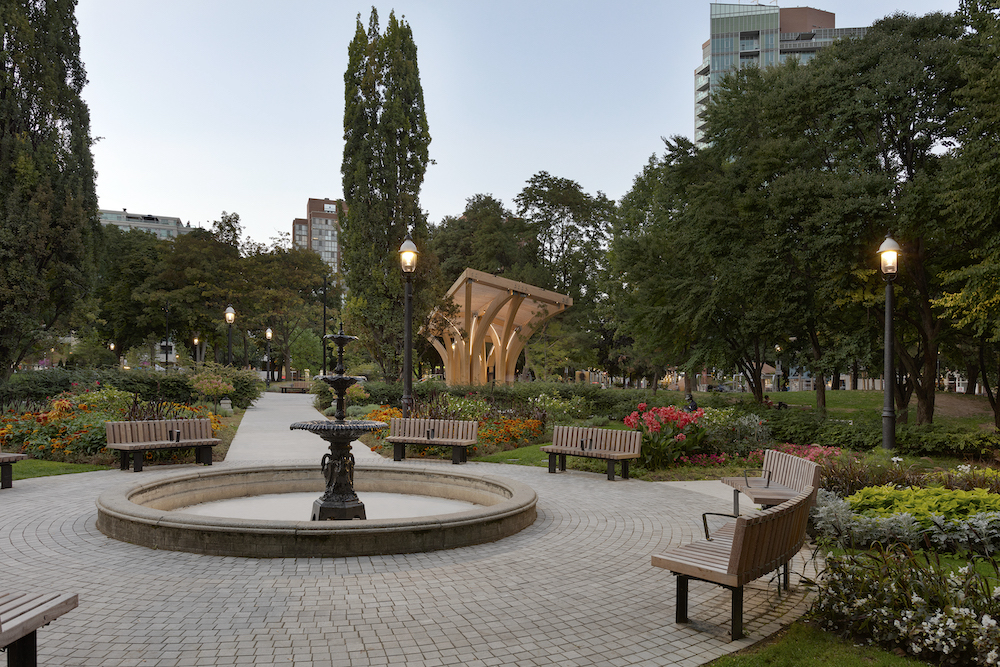
Lindsey McCain: What a year 2020 was. Events like the global pandemic, climate change, and the call to dismantle systemic racism have forced us to reflect on ourselves and our practices and imagine a “new normal.” In the context of these issues, what is your organization doing to prepare for a new normal, and what are you doing, personally?
Robert Wright: I really hate the term “new normal.” There’s never been a normal, ever. We tend to see these issues in a North American, Western context, but around the world there have been pandemics, diseases, and inequality of all sorts. So, I think it’s a shift in perception about the issues you’ve identified that we’re really facing. We have to ask ourselves, particularly when talking about professional education, what our role is relative to these issues, the values we bring to them, and the shifts are we making? Because, fundamentally, we’re being asked to reconsider everything we’re doing right now. And we’re all struggling to figure out how to pivot. But the word “systemic” means embedded in the system itself. One of the ironies of the situation is we’re asking institutions in which this has been systemically embedded to lead change. That’s a very difficult thing to do and do quickly.
I’ve been on equity and diversity committees for over 10 years. Primarily, they started around the issue of gender equity, then it went into diversity. For example, the University of Toronto says 60 per cent of our students are English-as-a-second-language. That doesn’t mean they didn’t grow up here, or they don’t speak English fluently. That means, when they go home, they often speak a second language with their parents. Our faculty, however, certainly does not reflect that kind of diversity. And the type of shifts required to change that—rehiring people, et cetera—is a very long-term proposition.
We’re really being challenged on all fronts. That’s why I say it was never normal to start with, and it shouldn’t be normal when the pandemic ends, but it’ll be interesting to see what we carry forward, institutionally, in our professions, in our own lives, and the way we address all these issues.
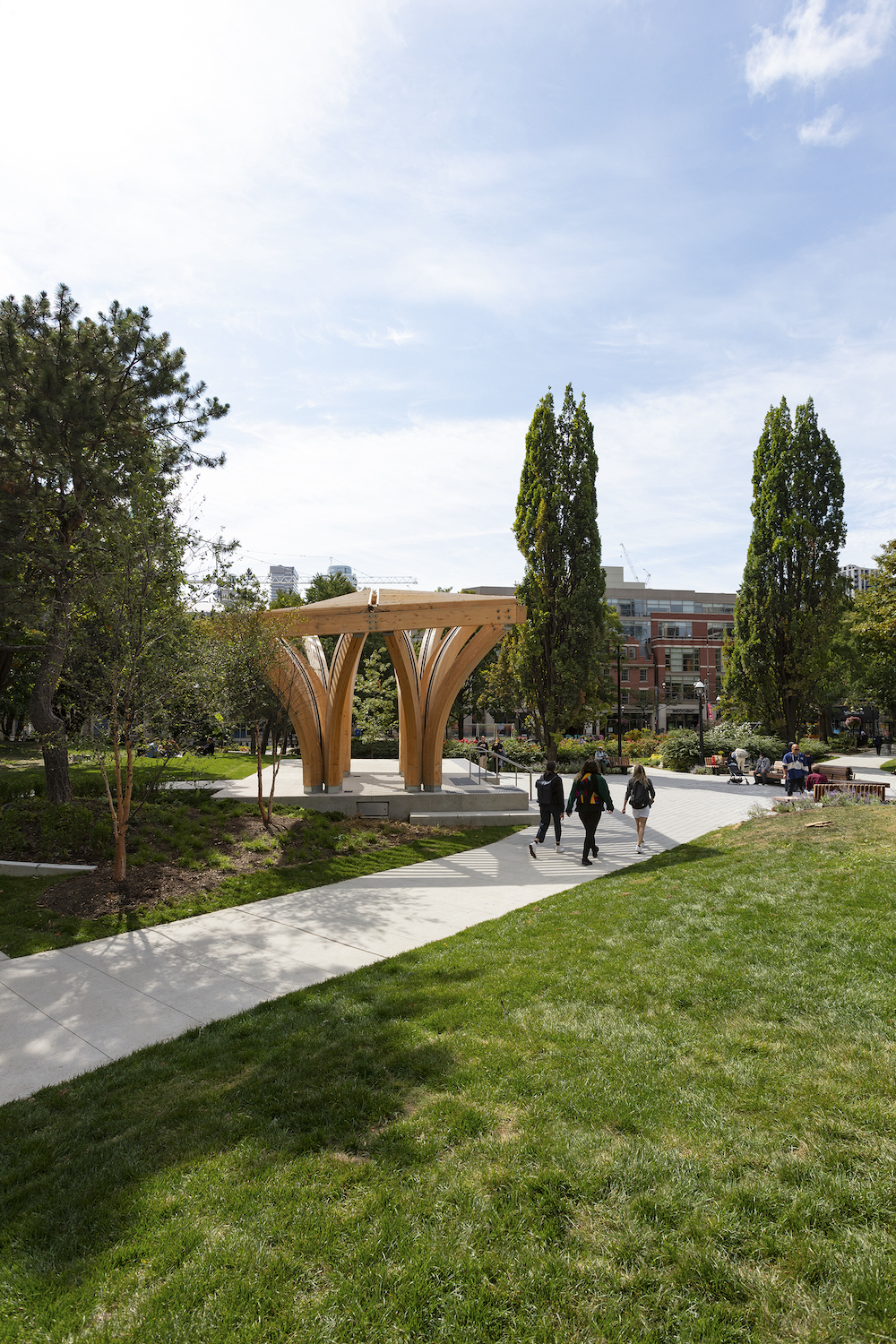
Jonathan Loschmann: One thing that WSP is actively doing is connecting our global family by enabling our baseline infrastructure to interact in real time, on a global stage. I’m amazed at how fluid (not seamless) that has been. But with this push of being at home and our reliance on information technology (IT), the world has become a smaller place and, from a business perspective, it’s easier to communicate quickly on a global scale.
This reliance on technology means the amount of communication is increased. And we’re embedding that into how we organize ourselves, nationally and internationally. We’re challenging our unconscious bias and—to get into particulars about global health, climate, and racism—we have diversity and inclusion policies enacted and communicated internationally, with an IT platform, and we have Indigenous relations policies embedded within every one of our projects.
In terms of looking forward to what business opportunities exist, if you fast-forward about half a century from when Buckiminster Fuller put forward the notion of thinking globally, and acting locally, it’s amazing how we can now do that in a global society, with the technology I’ve outlined. Regardless of how an organization communicates, we have a real opportunity to enact that notion.
And, while we rely on our economy, I’m energized by an increased focus on environment and society, where in previous years, or even centuries, economy stole the show. As a global society, we now see the benefit and importance of social and environmental contributions, including mental health as a contributor to global health.
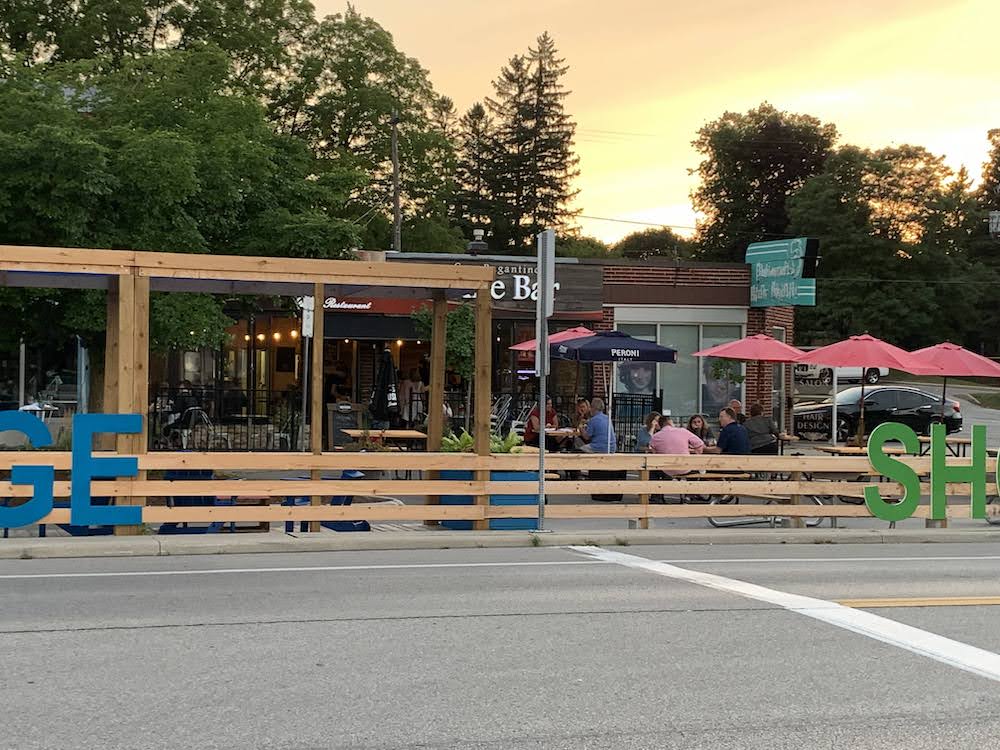
Dayna Edwards: I work in the public sector for a municipality, and what I’ve seen at the City of Kitchener, as well as other municipalities, is this desire to hire people that work in equity and diversity. So, we’ve created five new positions around that.
And, like Robert said, no change will happen overnight, and large-scale change will take a lot of time, but bringing people in with that kind of expertise and looking at our organization through an equity and diversity lens is an important first step.
One of the things we’re looking at in land use planning is the history of racism in zoning across cities, the country, and North America. We’re taking a hard look at things we’ve taken for granted in our zoning bylaws that are creating inequality or equity challenges. We’re also looking at past practices. We used to have public meetings at City Hall that went past 5:00 p.m., which not everybody could attend. As a result, we were seeing the same people and representatives coming out to meetings, and we weren’t reaching the underrepresented people within our society. We would look at the census demographics and we could see that the people coming to the meetings weren’t representative of the demographics of the area. So, from a planning perspective, this has caused us to take a harder look at what we’ve been doing in the past as the status quo, and how we can make changes within our organization to reach a wider audience.
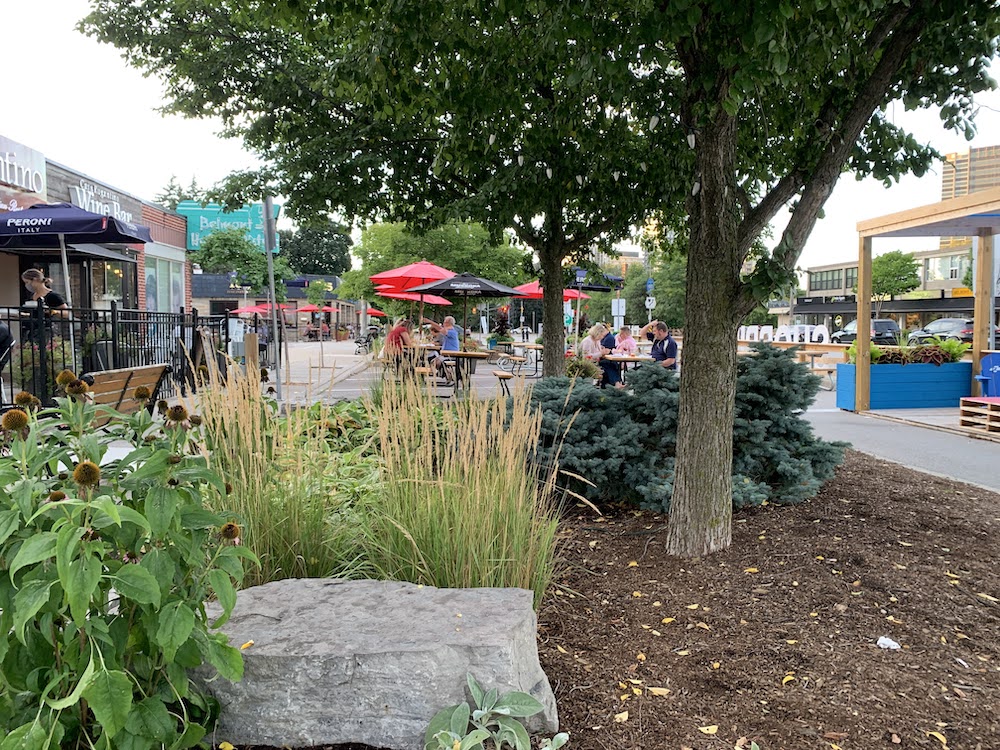
Fung Lee: As small practitioner—we’re 10 people right now, never had an HR department—we had a company-wide chat about these recent issues, particularly systemic racism, social equity, and diversity. I think the change for us, as a small studio, was really about formalizing these things. We’ve always had a policy about mutual respect and professionalism, but it’s important to actually spell out diversity and equity protocols and policies.
I agree these issues have been ongoing. The difference in this past year is the expectation of the pace with which we need to respond. It’s challenging, but also great. We are making time to be more proactive, rather than reactive.
So, as a small office, we’re reaching out to experts in cultural sensitivity training, an Indigenous course out west, and professionals who can assist us in what we do. We do a lot of public realm, and high-density development in the city. How can we apply these principles more actively, and sensitively?
LM: Maybe a “new normal” is really raising awareness of existing issues, especially with regard to social equity. What steps are we all taking to make sure the world is a better place in the future? I’d be interested to hear a little more about enacting equity principles in practice, as well as in the spaces we design and the types of projects we choose to work on.
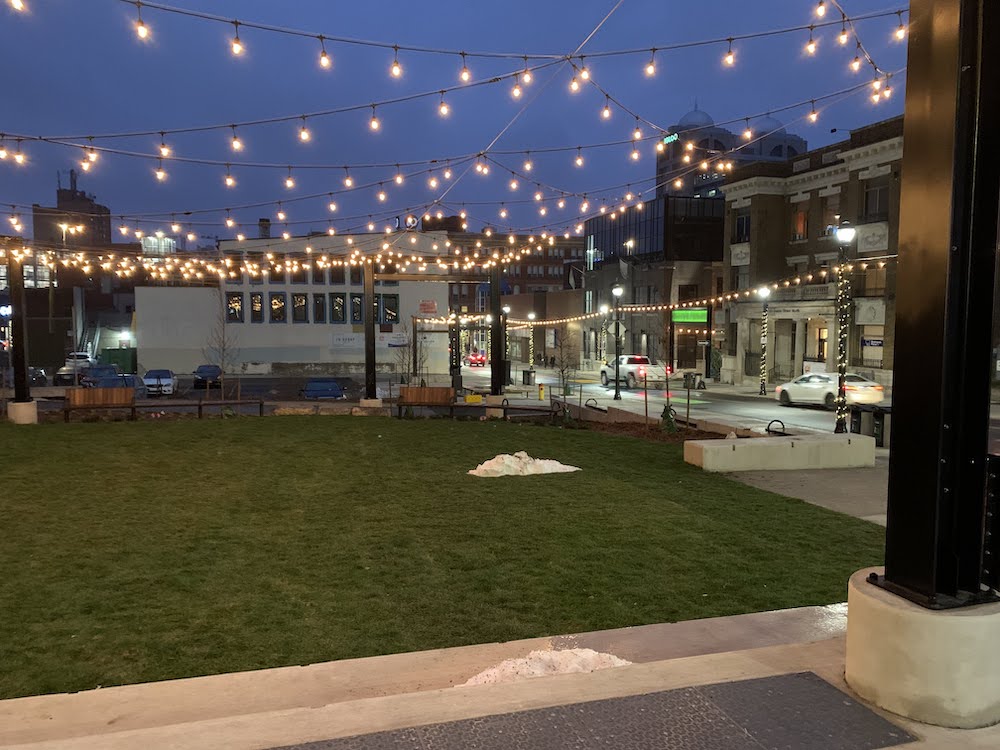
RW: Well, one of the issues that we face in this, because of the whiteness of our profession, is that it’s difficult to deal with these issues if you’re not involving people with lived experience. In a school, if we want to make this change, the last thing we want is a bunch of white, European males sitting around a table, trying to decide approaches to Black Lives Matter or Indigenous activity. Without those voices at the table, it’s irrelevant. There needs to be a shift in administration and leadership within our faculty. We can begin to access the resources and training required to understand the issues, but we must bring those voices to the table so that they can talk for themselves.
I have an Indigenous student doing a PhD and she asked, “What’s white privilege feel like?” And I told her, “It doesn’t feel like anything.” That’s how you know you have it: the fact that we don’t have to think about it, when people of colour sense that difference every day.
That’s the kind of shift and experiences we’re trying to begin to understand. And it requires us to do a couple of things. We need to be more horizontal in distributed leadership so there are many voices at the table, and we need training. We’re hiring specialized consultants to help us with the training of staff, students, and faculty, and we’re not differentiating between them. We’re all participating in the training together, so we understand the common languages and the things we need to do.
FL: I partnered into a firm founded by three white men, and now we are owned by two female partners, one of which is me, a visible minority woman with a very Canadian immigrant-child upbringing. So, I’m pretty proud my partner Leslie Morton and I are now running the show. I’m so fortunate the original partners passed the torch to us and we’ve adopted this wonderful studio. But, certainly, now that it’s the two of us, we are rethinking and refining who we work with, externally. We’ve hired a lot of MLA grads, a lot of them women and quite diverse. In that way, in terms of the hiring internally, my partner and I would like to give the same opportunity we got.
I’m on a team for a medium-density development in Etobicoke. It’s an all-female consultant team—quite deliberately by the owners and developers—and because of that, coincidence or not, by having an all-women consultant team, it’s also very diverse. There’s a lot more people of colour on this all-woman team than usual.
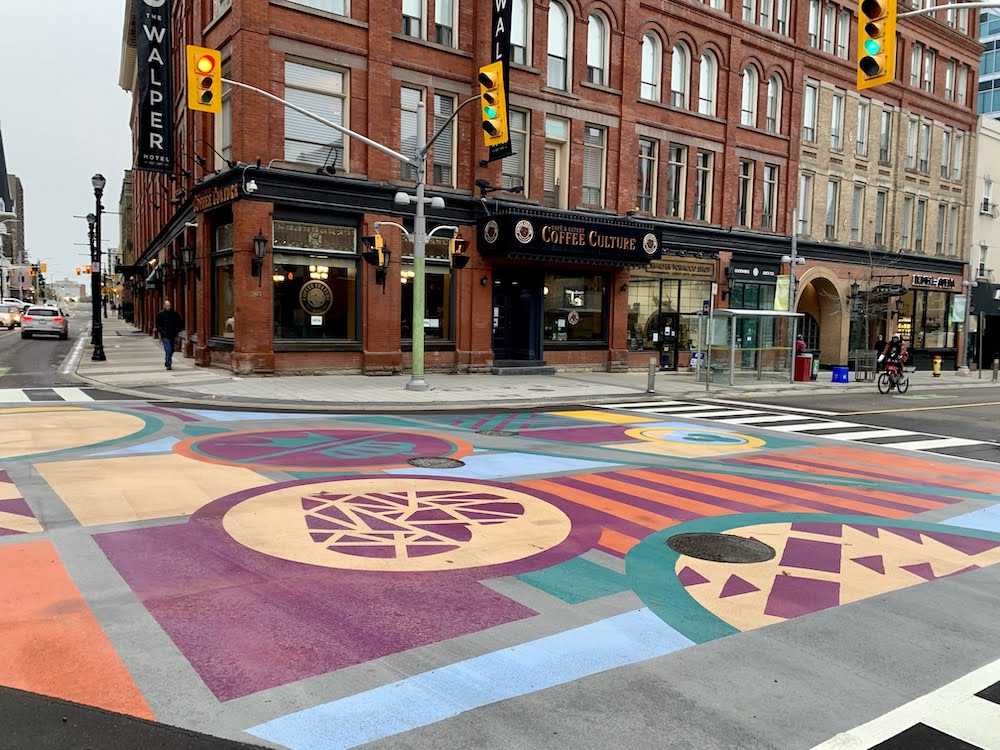
LM: Dayna, what have you seen working for the City? I’ve noticed, responding to Request For Proposals, a lot more questions about what a firm is doing to source contractors that support social equity and to source sub-consultants. Have you seen this, working in a municipal environment, too? Is that becoming more important?
DE: Agreed. This is one of the things that our equity and diversity group will be tasked with as they look at who we’re bringing to the table and what values they have. What we’ve learned from the pandemic, as well as social movements, is we aren’t doing a good enough job. We aren’t bringing the right people to the table and we aren’t always engaging with underrepresented groups.
I deal with a lot of urban design through new development applications. I’ve noticed we always make sure that, in a new subdivision, we have a 7.5-metre rear yard and access to outdoor space. But when we review multiple residential developments, we sometimes see proposals that have no outdoor space as part of the development, no indoor amenity space, and that’s a problem because a lot of underrepresented groups or people with financial constraints are living in multi-residential units. Therefore, we’re creating more inequality around access to outdoor space, which, at the height of the pandemic, was the one thing that everybody wanted and needed to socially-distance safely outside. We’re realizing some of what we’ve done without much thought has exasperated the problem, and we’re looking at creating more quality around access to space and the outdoors and, as a city, how we’re bringing in groups with social equity values.
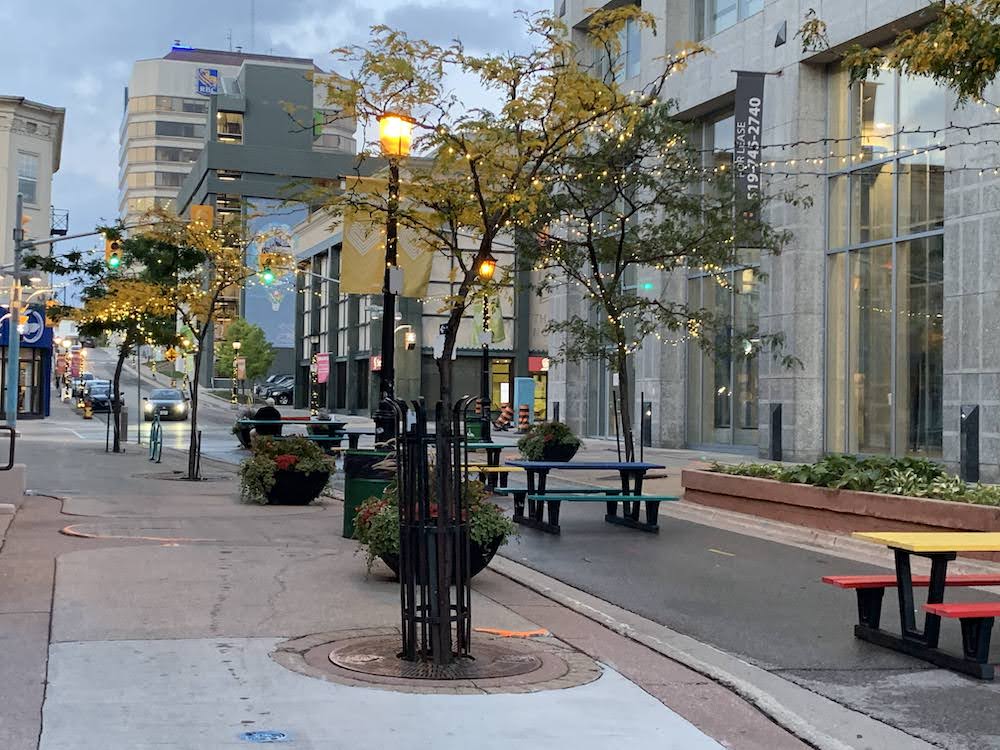
JL: There is great potential to use technology to address some of our universal access issues in the built environment. However, depending on technology, that can’t be the solution alone, because reliance on technology comes at a cost. So, how do we maximize technology while making it accessible to all? I think there’s a great leadership opportunity for landscape architecture to take conversations around universal design and social equity and inform public realm.
Mark Hillmer: It might be nice to end with a little optimism. What do you want to see happening in professional practice, and society at large, in the next little while?
RW: It’s always good to have optimism. I have an ecological background where there’s two rules, Mark. One is ‘everything is connected to everything else,’ and the other is ‘everything dies.’ It’s the harsh reality of our system. But the elephant in the room, for me, is climate change, for our profession. If you think we have inequities now, or seen loss of life in the pandemic, it’s nothing compared to the coming impact of climate change. We hear about a nine- or 10-year horizon to get this under control, to do carbon accounting on all our projects, and really deal with these issues. It’s going to be the challenge for our profession, particularly. And that’s connected to issues around open space, et cetera.
We are going through our curriculum, decolonizing it, and making sustainability and climate change part of every course. It’s not a special topic, it should be in everything that we do now.
Optimistically, I think it’s a great future for landscape architecture if we actually start to address these problems in a concrete way and provide leadership in these areas. Landscape architecture is very much in a position right now to adopt a more active leadership role. But climate change is going to be the one issue that will bring us together.
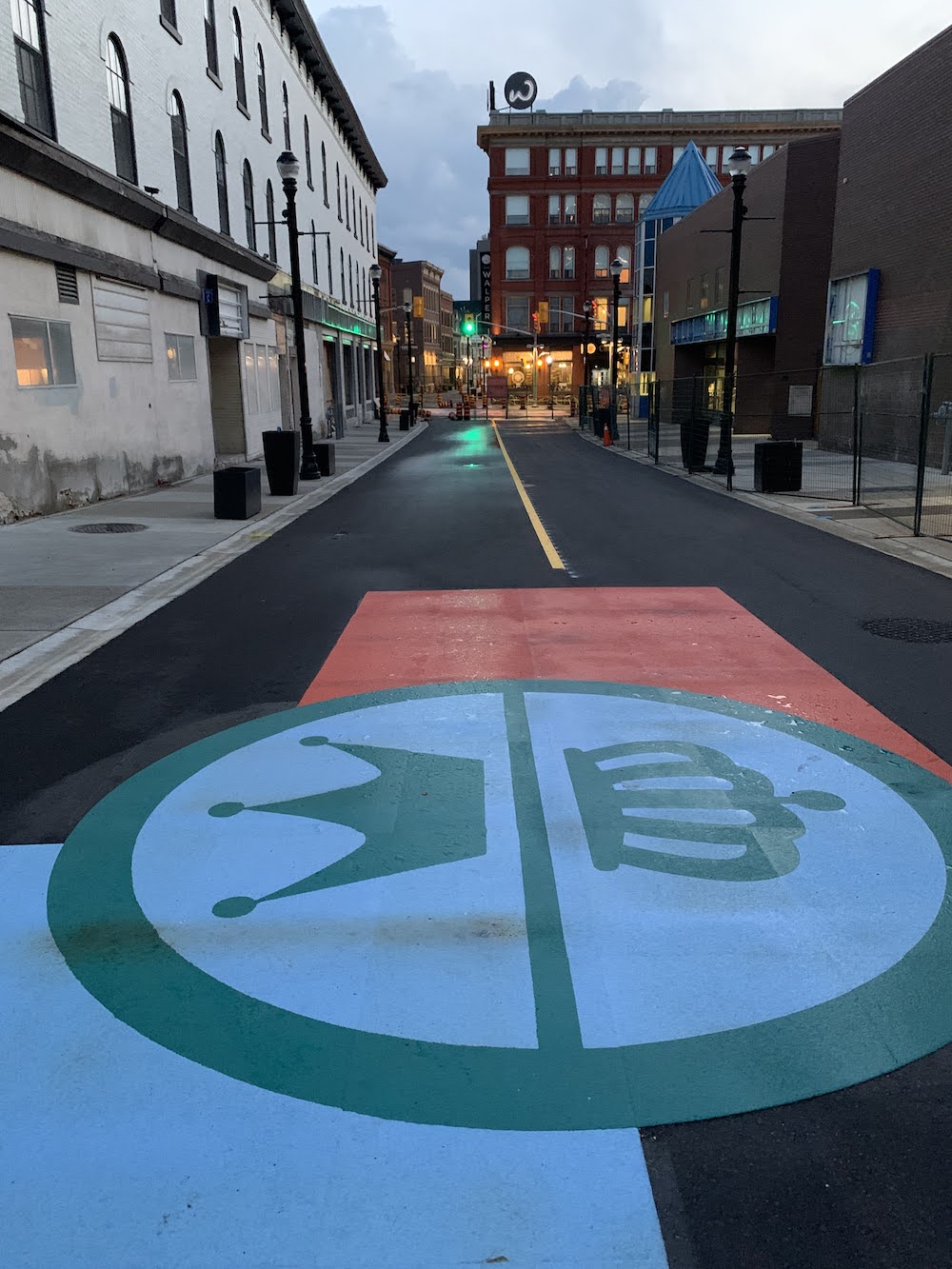
JL: I think the global pandemic has accelerated and amplified opportunities for landscape architecture to address and combat issues, as Robert outlined, surrounding climate change and social equity, and to do so in an economically prosperous manner.
In that vein, I think landscape architects are well-poised to lead the multi-disciplinary teams required to meaningfully address our world’s issues, thinking globally and addressing them on a regional or global scale. I think the future is bright for landscape architects and landscape architecture.
FL: I agree, we are well poised to be advocates for climate change and social equity in our work, in how we, individually, can improve that and apply that. Our clients, municipalities and developers, are quite directly affecting the shape of our cities. The hope is that we’re all doing this together.
The hope is, after what’s happened in the last year, everyone knows what the right thing to do is, and that it’s not shocking when we bring it up. Dayna gave the example of how shared amenity spaces—interior and exterior—should be prioritized, not as marketable things, but as real social gathering places.
In this recent year, I had been hoping and looking to our professional associations for advice. I think it’s starting to become available, but we all need more and we need to learn together. The challenge is there’s an expectation of immediacy, but it’s really hard to change an institution.
LM: Yeah, it’s tough to balance the urgency of everything that’s happening right now with the fact that it’s going to take decades to change institutions.
DE: I’d like to see that focus on climate change budgeted for upfront, not as an afterthought, but also our attention shifted towards the quality and quantity of outdoor space. Right now, that’s sometimes treated as a nice-to-have: we throw some extra money at making it happen or try squeezing it into a development. It’d be great if that was the starting point. If it was just built in. It would be great to see those two issues—climate change and outdoor space—as primary factors around design.
FL: Yeah. We have been the nice-to-have, and now we are critically essential. Finally, people recognize the importance of landscape, the public realm, outdoor space, and the inherent worth of access to nature. Finally, the rest of the world—at least in cities— recognizes landscape and our profession as critical.
Thanks to Mark Hillmer and Nadja Pausch for coordinating this Round Table.
